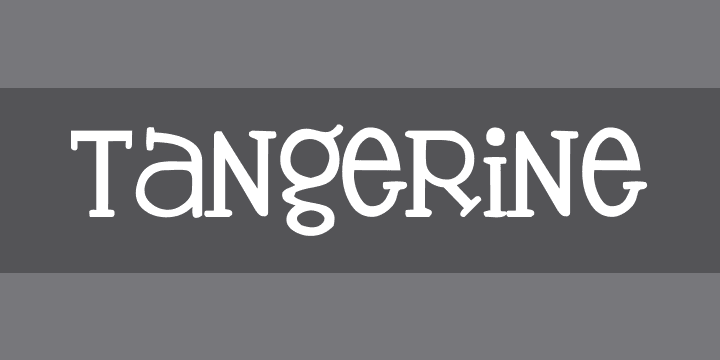

Tangerine Typeface, like all Google Web Fonts typefaces, is completely free for personal and commercial use, making it a valuable resource for designers who want to add a touch of elegance and sophistication to their work. Today, Tangerine Typeface can be found on signboards of books, cafes, and other privately-owned shops. Although Tangerine Typeface wasn’t designed specifically for digital screens, it proved to be an effective demonstration of differentiation from system fonts, and it was selected as one of the 10 typefaces in the launch lineup of Google Web Fonts. It was through this forum that he caught the attention of Google, which was about to launch a new web font service in 2009.

Omagari began work on Tangerine Typeface just after graduating from university, and he frequently posted his progress on Typophile, a popular online typography forum. Tangerine Typeface is best used for heading sets and large-size, short text, and it’s not recommended for use in all-cap sets. The font’s most notable feature is its long ascender, which was designed to give the font an elegant appearance. The inspiration for Tangerine Typeface came from the Italian hand letterings of the 16th and 17th centuries, specifically from the work of Giovanni Francesco Cresci. It comes in two styles (Regular and Bold) with over 233 glyphs that include uppercase and lowercase letters, numbers, and punctuation.

The font is named after a woman who inspired Omagari to begin his work. Tangerine Font is a beautiful and stylish calligraphic script created by the Japanese type designer Toshi Omagari. Tangerine Font: An Elegant Typeface for Design


 0 kommentar(er)
0 kommentar(er)
